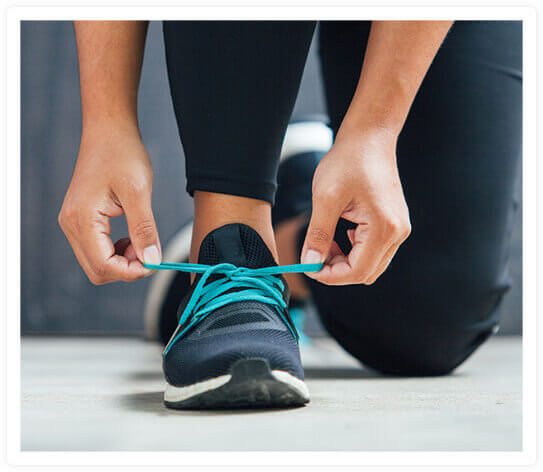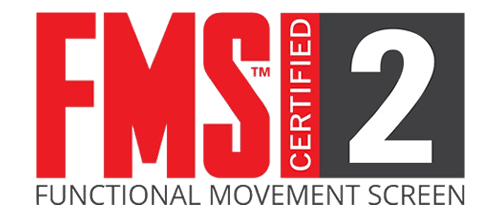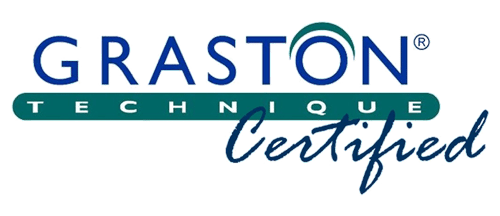Trigger Finger and Trigger Thumb
Click the white PLAY button to start video.
Read more about Trigger Finger and Trigger Thumb
Introduction

Anatomy
Causes
Symptoms
You will have difficulty bending and straightening your fingers or thumb. It may feel like they catch or get stuck when you try to move them. The stiffness and catching may be worse when you first wake up in the morning or after periods of inactivity. Your fingers or thumb may loosen up with movement. Your pain may increase when your finger or thumb becomes free. In severe cases, the fingers or thumb can become stuck and unable to move.
Diagnosis
Surgery
Treatment
Recovery

Copyright © - iHealthSpot Interactive - www.iHealthSpot.com
This information is intended for educational and informational purposes only. It should not be used in place of an individual consultation or examination or replace the advice of your health care professional and should not be relied upon to determine diagnosis or course of treatment.
The iHealthSpot patient education library was written collaboratively by the iHealthSpot editorial team which includes Senior Medical Authors Dr. Mary Car-Blanchard, OTD/OTR/L and Valerie K. Clark, and the following editorial advisors: Steve Meadows, MD, Ernie F. Soto, DDS, Ronald J. Glatzer, MD, Jonathan Rosenberg, MD, Christopher M. Nolte, MD, David Applebaum, MD, Jonathan M. Tarrash, MD, and Paula Soto, RN/BSN. This content complies with the HONcode standard for trustworthy health information. The library commenced development on September 1, 2005 with the latest update/addition on February 16, 2022. For information on iHealthSpot’s other services including medical website design, visit www.iHealthSpot.com.






